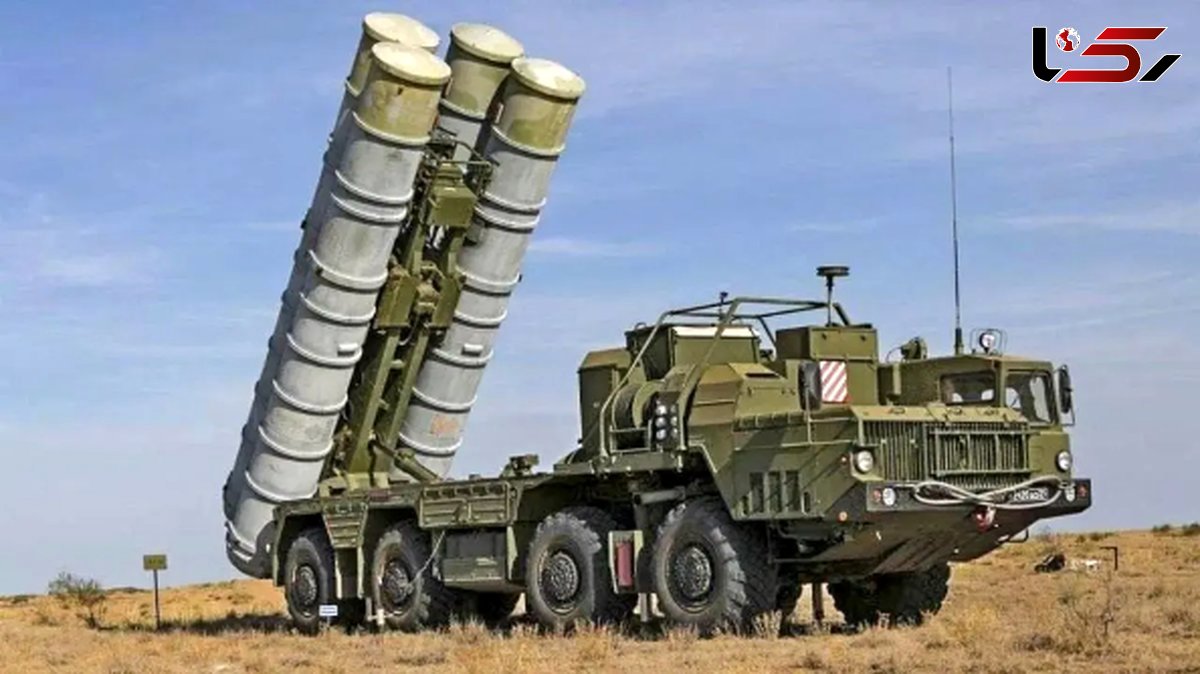Key Facts About the S-400 Missile System You Might Not Know
Rokna Political Desk: The entry of the advanced Russian S-400 missile system into Iran could mark a major shift in the country’s air defense capabilities. Experts note its long-range and sophisticated features make it highly suited to enhancing national security.

The S-400 Triumf (NATO designation: SA-21 Growler) is among the most advanced and powerful air defense systems in the world. Developed by Russia’s Almaz-Antey, the system entered service with the Russian military in 2007, succeeding older systems such as the S-300 and S-200. Its primary purpose is to detect, track, and destroy a variety of aerial targets including fighter jets, drones, cruise missiles, ballistic missiles, and early warning aircraft (AWACS). Boasting long-range coverage, high mobility, and the ability to engage multiple targets simultaneously, the S-400 is often described as an “impenetrable shield” in the sky.
Development of the S-400 began in 1993, facing delays due to post-Soviet budget constraints. Testing commenced in the late 1990s at the Kaspiy base, and the system has since been exported to China (six regiments in 2015), India (five regiments in 2016), and Turkey (first deliveries in 2019).
Components and Main Features:
The S-400 is an integrated and mobile system, comprising multiple key components capable of interfacing with other air defense systems such as the S-300, S-23, and S-12. Its components are mounted on heavy-duty vehicles like the MZKT-7930 (8×8) or BAZ-64022 (6×6), enabling rapid deployment within 5 minutes.
-
Command and Control Center (55K6E): Mobile command unit equipped with LCD consoles for airspace monitoring and data processing, sharing information with other units.
-
Transporter-Erector-Launchers (TELs) 5P85TE2: Each launcher carries up to four missiles and can fire a mix of missile types. While unable to fire on the move, they can deploy quickly.
-
Radar Systems:
-
Acquisition and Battle Management Radar (91N6E, “Big Bird”): 360° detection, tracking up to 300 targets at 600 km.
-
Fire Control and Target Tracking Radar (92N6E, “Grave Stone”): Guides missiles precisely.
-
Surveillance and Tracking Radar (96L6, “Cheese Board”): 3D radar, portable for independent deployment.
-
The radars use AESA technology and are resistant to electronic warfare.
Missiles:
The S-400 uses four main missile types for layered defense (with additional S-300 missiles). Each missile carries either high-explosive fragmentation (HE-FRAG) or hit-to-kill warheads:
| Missile | Max Range | Max Altitude | Max Speed | Main Targets |
|---|---|---|---|---|
| 40N6 | 400 km | 30 km | Mach 14 | Long-range targets, AWACS, J-STARS, ballistic missiles |
| 48N6DM | 250 km | 30 km | Mach 14 | Aircraft, cruise, ballistic missiles |
| 9M96E2 | 120 km | 30 km | Mach 14 | Fast fighters, guided munitions |
| 9M96E | 40 km | 20 km | Mach 14 | Fighters and nearby targets |
Send Comments